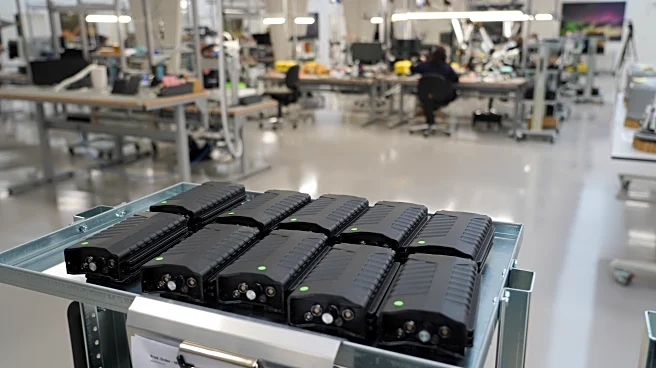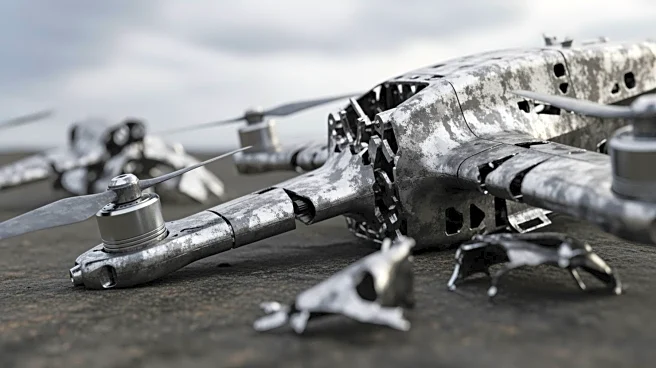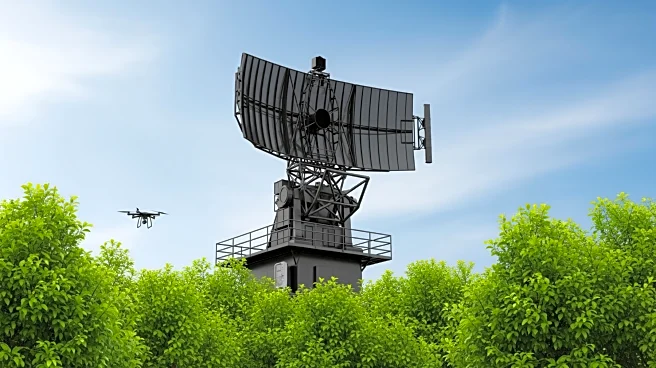What's Happening?
NATO has deployed new anti-drone systems on its eastern flank, including the American Merops system, in response to increased drone activity violating its airspace. The Merops system, which uses artificial
intelligence to identify and neutralize drones, is part of a broader effort to develop a 'drone wall' along NATO's borders. This initiative aims to better detect, track, and intercept drones, addressing concerns raised by unprecedented drone flyovers into NATO airspace. European leaders are on high alert, with countries like Denmark, Poland, and Romania actively deploying these systems to protect critical infrastructure and military installations.
Why It's Important?
The deployment of advanced anti-drone systems by NATO is crucial for enhancing security and defense capabilities in Europe. The increased drone activity poses significant risks to national security, prompting European leaders to take decisive action. By implementing a 'drone wall,' NATO aims to deter potential threats and ensure the safety of its airspace. This development also highlights the growing importance of private drone industries in Europe, as they seek to capitalize on the demand for technology that can protect against drone intrusions.
What's Next?
As NATO continues to strengthen its defense against drone threats, further developments in anti-drone technology are expected. European countries may increase investments in radar and jamming technologies to enhance their capabilities. Additionally, the collaboration between NATO and private drone industries could lead to innovative solutions for detecting and intercepting drones. The situation remains dynamic, with potential implications for international relations and security policies.












